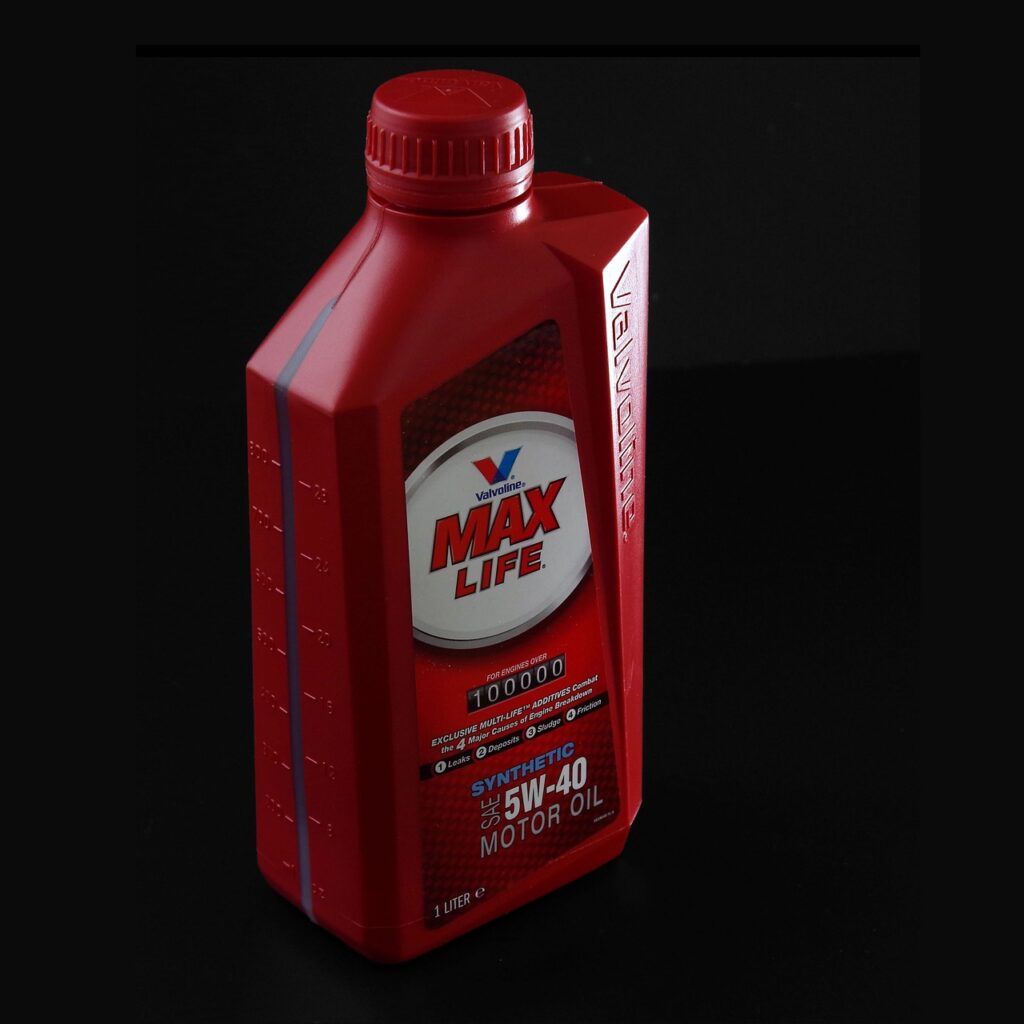Maintaining your vehicle’s engine is crucial for its performance and longevity, and one of the most important aspects of engine care is regular oil changes. Engine oil plays a vital role in lubricating engine components, reducing friction, preventing wear and tear, and keeping the engine clean. However, knowing how often to change your engine oil can sometimes be confusing due to varying recommendations from automakers, mechanics, and oil manufacturers.
Factors That Determine Oil Change Frequency
Several factors influence how often you should change your engine oil, including:
- Manufacturer’s Recommendation – Each vehicle manufacturer provides specific guidelines for oil change intervals, typically found in the owner’s manual. Following these recommendations ensures optimal engine performance.
- Type of Oil Used – Conventional, synthetic, and semi-synthetic oils have different lifespans:
- Conventional Oil – Usually requires a change every 3,000 to 5,000 miles.
- Synthetic Oil – Lasts longer and is recommended for 7,500 to 10,000 miles.
- Semi-Synthetic Oil – Offers a middle ground, generally requiring changes every 5,000 to 7,500 miles.
- Driving Habits & Conditions – Frequent short trips, stop-and-go traffic, extreme weather conditions, and towing heavy loads can lead to more frequent oil changes.
- Age and Condition of the Engine – Older engines or those with high mileage may require more frequent oil changes due to increased wear and oil consumption.
- Oil Monitoring System – Many modern vehicles have built-in oil life monitoring systems that analyze driving patterns and engine conditions to notify you when an oil change is needed.
General Oil Change Guidelines
While oil change frequency depends on various factors, here are some general guidelines:
- For Older Vehicles (Pre-2000s models): Change oil every 3,000 to 5,000 miles.
- For Newer Vehicles (Post-2000s models): Many can go 5,000 to 7,500 miles with synthetic blends.
- For Vehicles Using Full Synthetic Oil: Recommended changes at 7,500 to 10,000 miles.
- For Severe Driving Conditions (Frequent towing, extreme temperatures, dusty roads): Stick to a 3,000 to 5,000-mile interval.
Signs That Your Oil Needs Changing
Even if you follow manufacturer guidelines, keeping an eye on these signs can help prevent engine damage:
- Dark, Dirty Oil – Fresh oil is amber in color, but if it turns dark and dirty, it’s time for a change.
- Loud Engine Noise or Knocking – Insufficient lubrication can cause increased friction and noise.
- Oil Change or Check Engine Light – If your dashboard warning lights illuminate, check your oil.
- Exhaust Smoke – Excess smoke could indicate burning oil, possibly due to an overdue oil change.
- Decreased Fuel Efficiency – Dirty oil increases engine friction, reducing fuel economy.
Conclusion
Regular oil changes are essential for maintaining your engine’s efficiency, preventing damage, and prolonging its lifespan. Always consult your owner’s manual and consider your driving habits to determine the best oil change interval for your vehicle. Sticking to a proper maintenance schedule will keep your engine running smoothly and help you avoid costly repairs in the future.

david Miller is an experienced English language expert with a deep passion for helping others communicate effectively and confidently. With a background in linguistics and literature, He provides clear, accessible insights on grammar, writing, and communication strategies. Through well-researched articles and practical advice, David Miller aims to make language learning both inspiring and achievable for readers of all levels.


